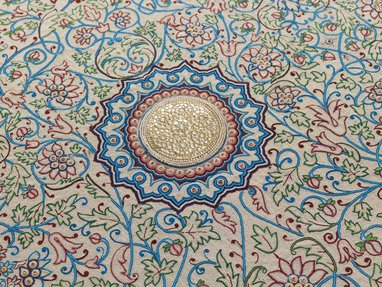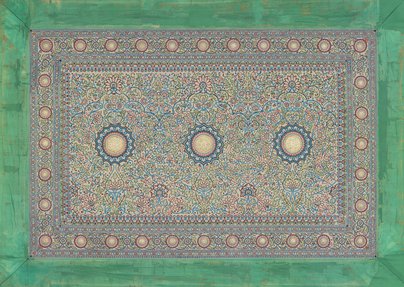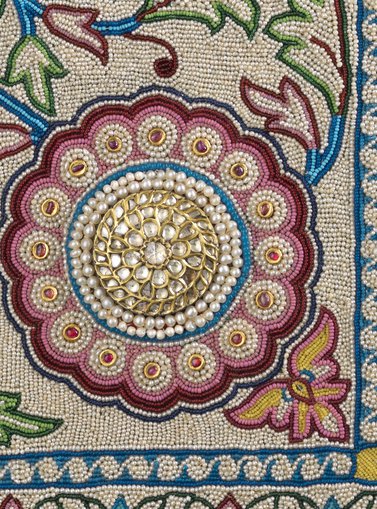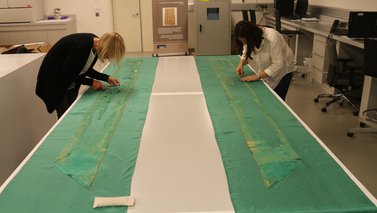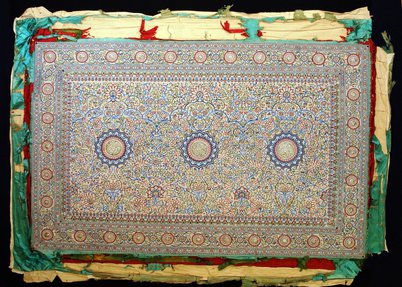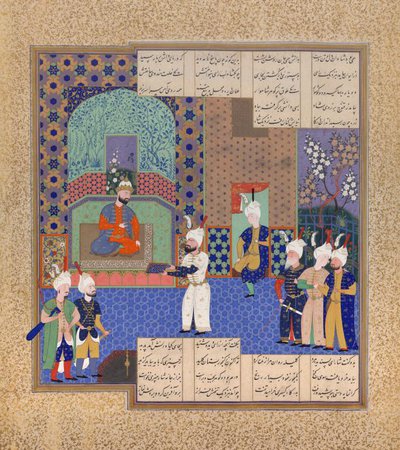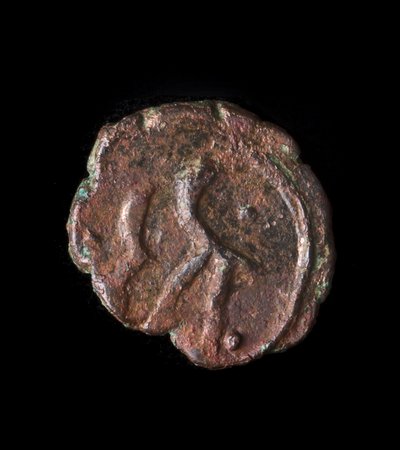In addition, museum staff monitor environmental conditions such as temperature, humidity, light and dust and carry out regular cleaning. Its display light is set at low level and limited for museum opening hours to protect its colour and physical strength.
One Highlight Among Many
The diverse collection at NMoQ features fossils, animal specimens, archaeological artifacts, ethnographic objects, architectural pieces, dress and jewellery and modern-day pieces. And it continues to grow, as noted by Dr. Haya Ali Al Thani, NMoQ’s Director of Curatorial Affairs. The incredibly luxurious 18th-century Baroda carpet is the centrepiece of the Pearls and Celebrations gallery at the National Museum of Qatar.
